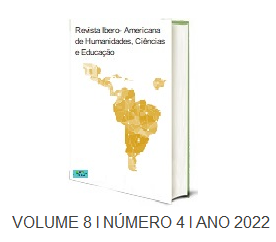CRIMINAL LAW OF THE ENEMY: BRIEF ANALYSIS
DOI:
https://doi.org/10.51891/rease.v8i4.5102Keywords:
Criminal Law of the Enemy. Punishment. Federal Constitution.Abstract
This article aims to analyze the theory called Criminal Law of the Enemy, created by Günther Jakobs, in which he proposes a differentiated analysis to people of high dangerousness considered enemies, for they are directly attacking the State, these would not be entitled to procedural and constitutional guarantees. Thereafter, it is verified the applicability of this theory in the Democratic State of Law in Brazil. The study aims to contribute with knowledge about the subject, since in the face of the increase in criminality the population is clamoring for more effective solutions to combat it. The deductive method was adopted as a theoretical line.
Downloads
Download data is not yet available.
Downloads
Published
2022-04-30
How to Cite
Duarte, F. dos S. ., Silva, F. Q. da ., Oliveira, M. S. F. de ., Nascimento, A. H. ., Nogueira, J. M. M. ., & Estrella, R. D. . (2022). CRIMINAL LAW OF THE ENEMY: BRIEF ANALYSIS. Revista Ibero-Americana De Humanidades, Ciências E Educação, 8(4), 940–947. https://doi.org/10.51891/rease.v8i4.5102
Issue
Section
Artigos
Categories
License
Atribuição CC BY

